Growing Focus on Interprofessional Education
The growing focus on interprofessional education (IPE) is emerging as a significant driver in the Healthcare Education Solution Market. IPE emphasizes collaboration among various healthcare disciplines, preparing students to work effectively in multidisciplinary teams. This approach is increasingly recognized as essential for improving patient outcomes and enhancing the overall quality of care. Educational institutions are responding by integrating IPE into their curricula, which often involves joint training sessions and collaborative projects. As healthcare systems evolve towards more integrated care models, the demand for IPE is likely to increase, thereby driving growth in the Healthcare Education Solution Market as institutions adapt to these changing educational needs.
Increased Investment in Healthcare Education
Investment in healthcare education is on the rise, significantly impacting the Healthcare Education Solution Market. Governments and private entities are recognizing the importance of a well-trained healthcare workforce and are allocating funds to enhance educational infrastructure. This investment is not only aimed at expanding existing programs but also at developing new initiatives that address emerging healthcare challenges. For example, funding for simulation labs and advanced training facilities is becoming more common, allowing for hands-on learning experiences. As a result, the influx of capital into healthcare education is likely to stimulate innovation and improve the quality of training, thereby fostering growth in the Healthcare Education Solution Market.
Regulatory Changes and Accreditation Standards
Regulatory changes and evolving accreditation standards are pivotal drivers in the Healthcare Education Solution Market. As healthcare systems worldwide strive for higher quality care, educational programs must align with new regulations and standards set by governing bodies. This alignment often necessitates the development of new curricula and training methodologies, which can be resource-intensive but ultimately beneficial for educational institutions. The emphasis on accreditation ensures that healthcare professionals are adequately prepared to meet industry demands, thereby enhancing the credibility of educational programs. Consequently, this focus on compliance and quality assurance is likely to propel the growth of the Healthcare Education Solution Market as institutions seek to maintain their competitive edge.
Technological Advancements in Education Delivery
Technological advancements are reshaping the Healthcare Education Solution Market, facilitating more effective and engaging learning experiences. The integration of e-learning platforms, virtual simulations, and mobile applications has revolutionized how healthcare education is delivered. For instance, the use of virtual reality in medical training allows students to practice procedures in a risk-free environment, thereby enhancing their skills and confidence. Furthermore, the global e-learning market is expected to reach substantial figures in the coming years, indicating a shift towards digital learning solutions. This trend suggests that educational institutions are increasingly adopting technology to improve accessibility and flexibility in healthcare education, ultimately driving growth in the Healthcare Education Solution Market.
Rising Demand for Skilled Healthcare Professionals
The Healthcare Education Solution Market is experiencing a notable surge in demand for skilled healthcare professionals. This demand is driven by an aging population and the increasing prevalence of chronic diseases, which necessitate a larger workforce equipped with specialized knowledge. According to recent data, the healthcare sector is projected to require millions of new workers by 2030, highlighting the urgent need for effective educational solutions. As healthcare organizations strive to meet these workforce demands, educational institutions are adapting their curricula to better prepare students for real-world challenges. This trend indicates a robust growth trajectory for the Healthcare Education Solution Market, as institutions invest in innovative training programs and technologies to enhance learning outcomes.


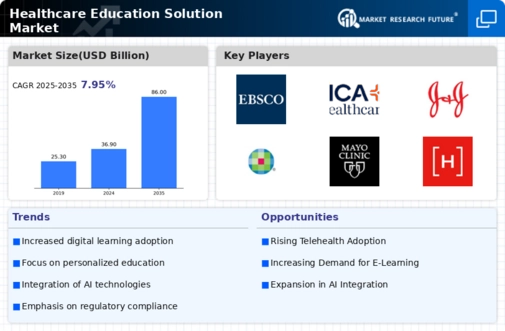
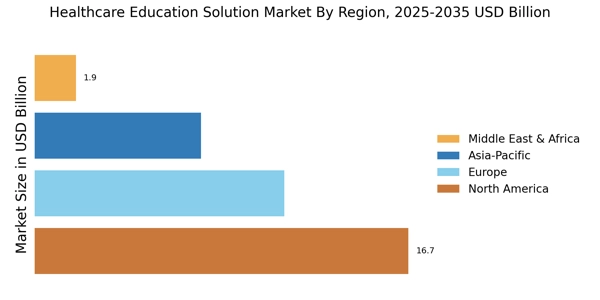
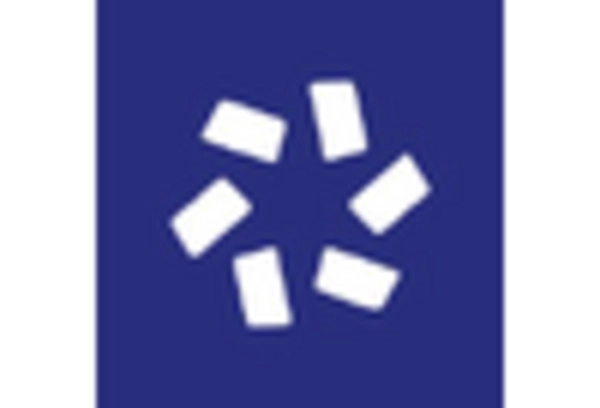
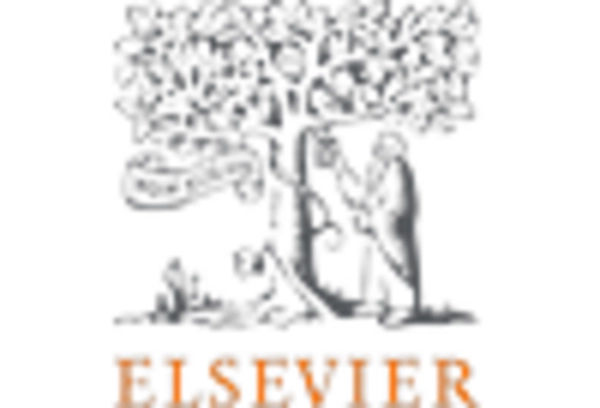
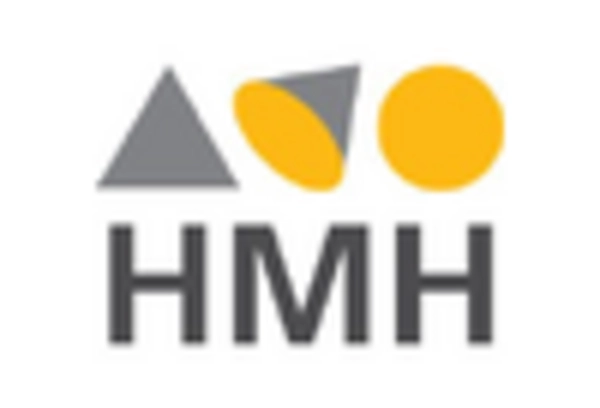
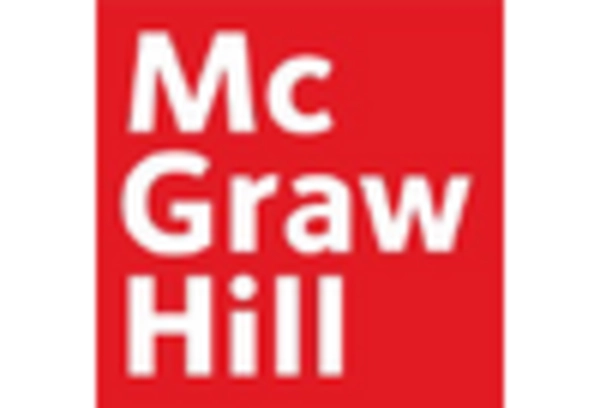
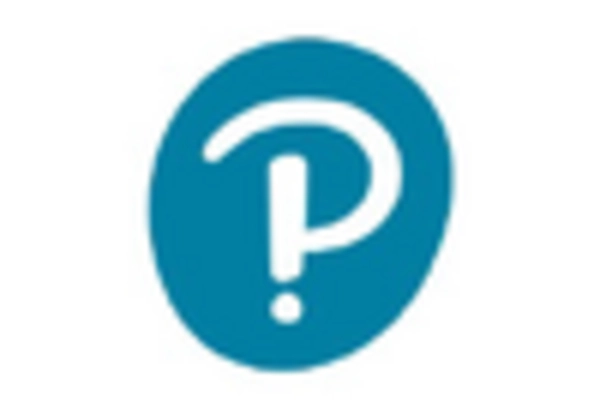
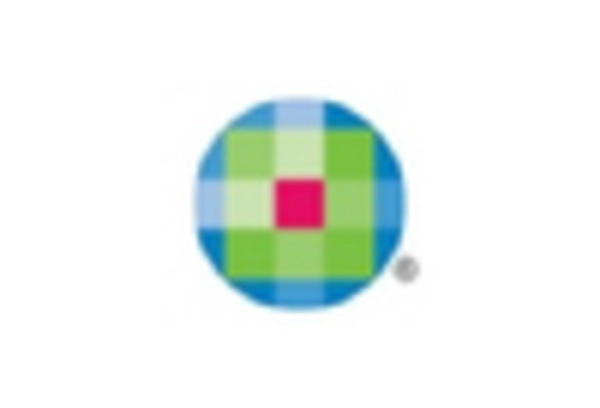








Leave a Comment